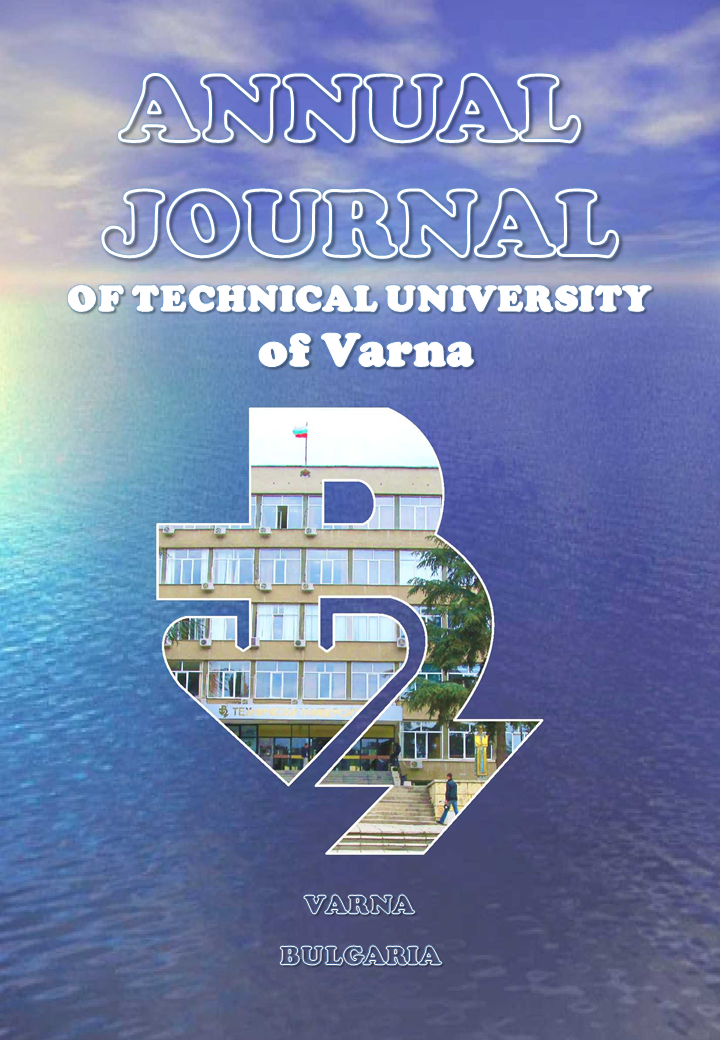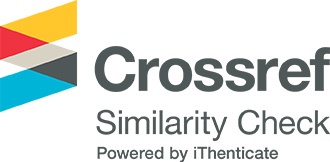Preprocessing of PPG and EDA signals for detection of emotional and cognitive states via physiological signals
DOI:
https://doi.org/10.29114/ajtuv.vol6.iss2.253Keywords:
PPG, EDA, cognitive, preprocessing, emotionsAbstract
Presented in the current paper is a methodology for approaching the preprocessing of Photoplethysmography and Electrodermal activity for the detection of emotional and cognitive states in humans via physiological signals. Examined closely are the effects of downsampling and segmentation of the PPG, the segmentation and separation of the Skin Conductance Level (SCL), and Skin Conductance Response (SCR) components of the EDA signal with both median and low pass filters. The results from the research indicate that the most appropriate preprocessing with regard to emotions and cognitive load classification is segmentation of 2 minutes which is the recommended length for frequency analysis of heart rate variability. Recommended, furthermore, is the downsampling of the PPG to 64 Hz, which proved to be the lowest sampling frequency that doesn’t introduce errors in the systolic peak detection, neither does it drastically affect the length of the Inter Beat Intervals (IBIs). Proposed, as to the separation of the SCL component of the EDA, is the usage of median filter with window length of 75% of the sampling frequency, which introduces negligible artefacts, mainly at the start of the signal.
Downloads
References
Downloads
Published
How to Cite
Issue
Section
License
PUBLICATION AGREEMENT
Annual Journal of Technical university of Varna (AJTUV) aims to guarantee that original material is published while at the same time giving significant freedom to our authors. For that matter, we uphold a flexible copyright policy meaning that there is no transfer of copyright to the publisher and authors retain exclusive copyright to their work.
When submitting a manuscript the Corresponding Author is required to accept the terms and conditions set forth in our Publication Agreement as follows:
CORRESPONDING AUTHOR'S GRANT OF RIGHTS
The Corresponding Author grants to AJTUV, during the full term of copyright and any extensions or renewals of that term the following:
• An irrevocable non-exclusive right to publish, reproduce, republish, transmit, distribute and otherwise use the Work in electronic and print editions of the publication and in derivative works throughout the world, in all languages, and in all media now known or later developed.
• An irrevocable non-exclusive right to create and store electronic archival copies of the Work, including the right to deposit the Work in open access digital repositories.
• An irrevocable non-exclusive right to license others to reproduce, translate, republish, transmit and distribute the Work under the condition that the Authors are attributed (Currently this is carried out by publishing the Work under a Creative Commons Attribution 4.0 Unported License).
Copyright in the Work remains with the Authors. Authors retain patent, trademark and other intellectual property rights.
CORRESPONDING AUTHOR'S DUTIES
When distributing or re-publishing the Work, the Corresponding Author agrees to credit the AJTUV in which the Work is published as the source of first publication. Corresponding Author warrants that Co-authors will also credit the AJTUV in which the Work is published as the source of first publication when they are distributing or re-publishing the Work.
CORRESPONDING AUTHOR'S WARRANTY
The Corresponding Author represents and warrants that the Work does not violate or infringe the law or the rights of any third party and, specifically, that the Work contains no matter that is defamatory or that infringes any literary or proprietary rights, intellectual property rights, or any rights of privacy. The Corresponding Author warrants that the Work is original, has not been formally published in any other peer-reviewed journal or in a book or edited collection, and is not under consideration for any such publication. The Corresponding Author also warrants that he or she has the full power to make this agreement. If the Work was prepared jointly the Corresponding Author warrants that all Co-authors consent to the submission and publication of the Work.
The Corresponding Author agrees to hold AJTUV harmless from any breach of the aforestated representations and warranties.
AJTUV DUTIES AND RIGHTS
AJTUV agrees to publish the Work attributing it to its Authors. AJTUV is granted the authority to enforce the rights from this agreement, on behalf of the authors, against third parties (for example in cases of plagiarism or copyright infringements).
AJTUV's Privacy Statement
The names and email addresses entered in the AJTUV website will be used only and exclusively for the stated purposes of this annual journal and will not be made available for any other purpose or to any other party.
All personal information supplied will remain within publisher and will not be shared with any external entity unless prior permission is given.
Your personal information will not be sold, distributed or published in any manner whatsoever.









